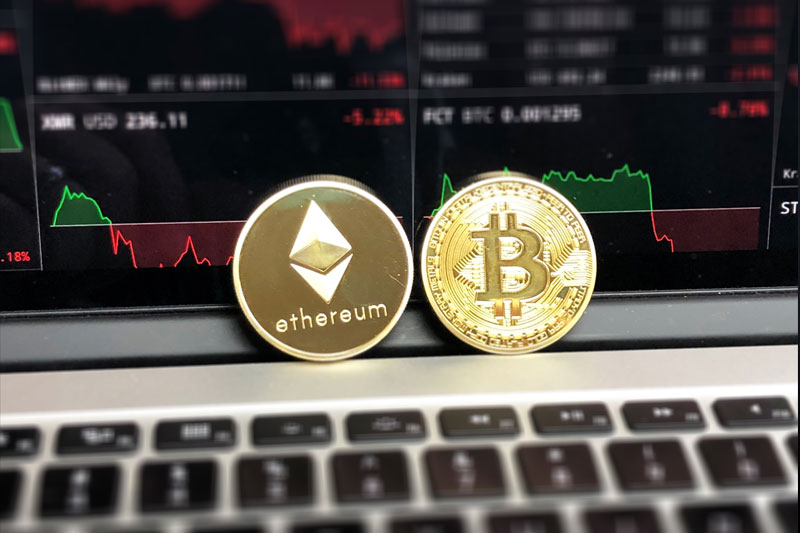The world of gaming has evolved immensely over the past decade, particularly when it comes to online transactions and purchases. For example, a market study conducted by LendEDU last year revealed that, out of a thousand gamers who were found to spend anywhere between six to 10 hours playing a game of their choice, nearly 69% of them made use of micropayments — with each individual, on average, spending $84.67 in the game.
However, before delving any deeper into this subject, it is better to outline the various earning models that video game developers have been making use of since the industry came to the forefront in the mid-1980s. During the first two decades of its existence, publishers primarily relied on a model referred to as “pay-to-play,” which essentially entailed a user paying the full price for a video game (CD-ROM/cartridge) to enjoy uninterrupted access to the title. However, over the past 10-15 years, publishers have started to use a new approach that essentially reduces the game into small parts, with the price of each supplement being charged separately through a digital transaction medium called “virtual currency.”
